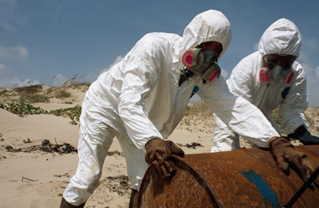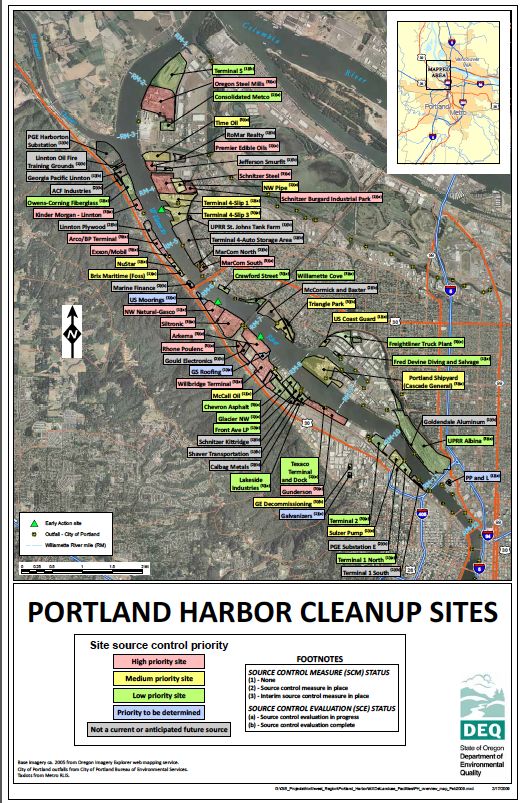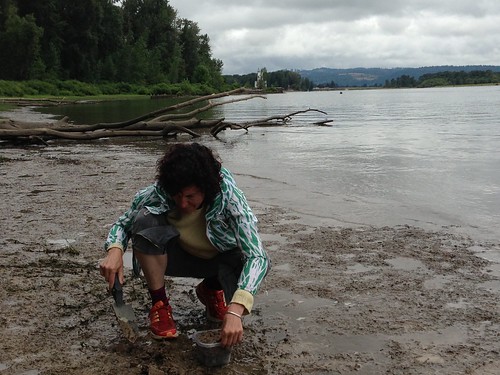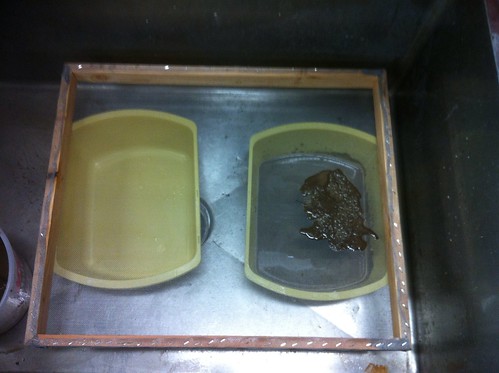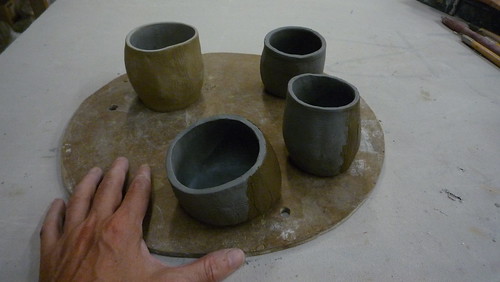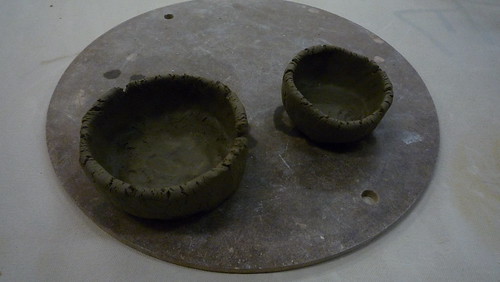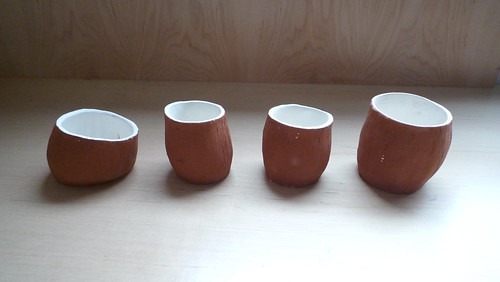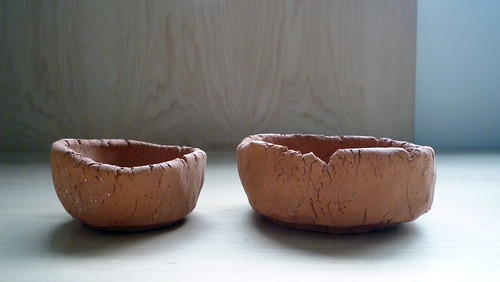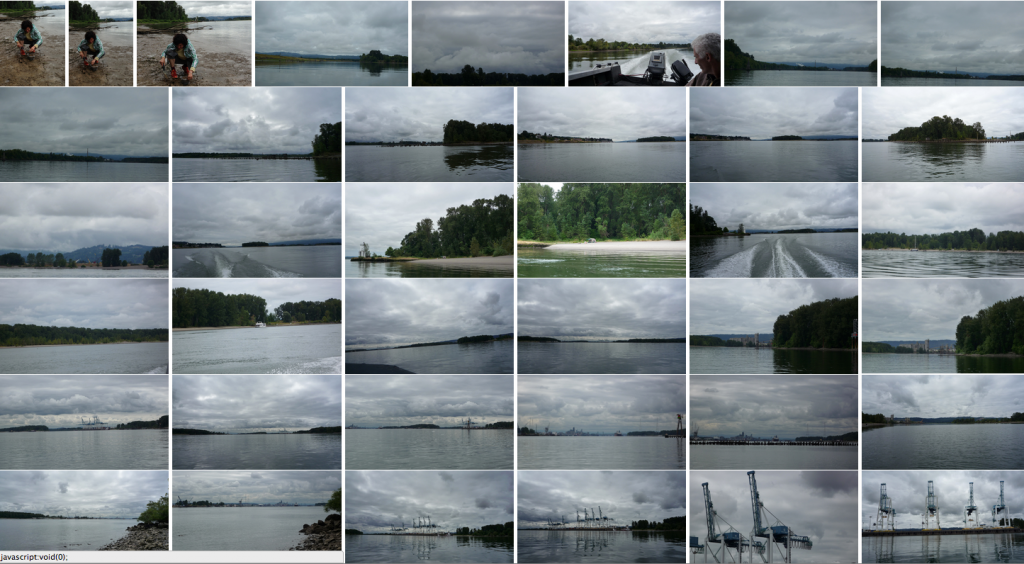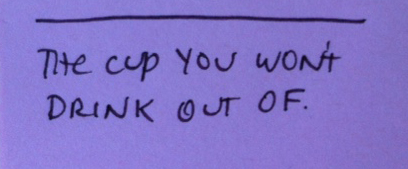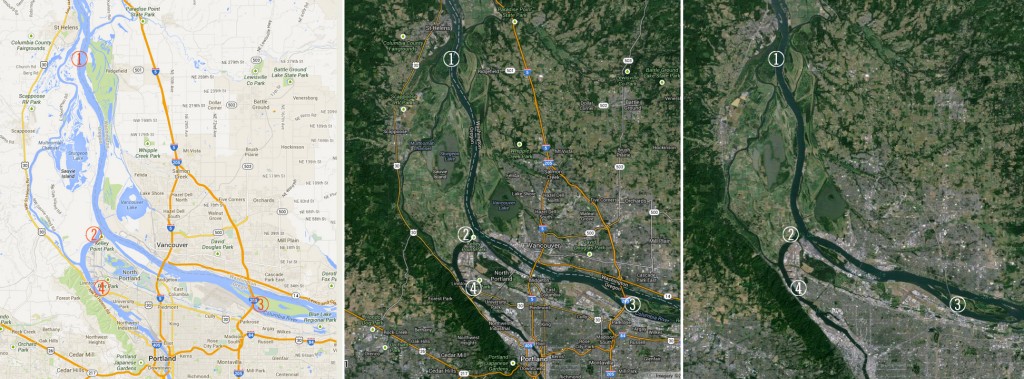Very little, I’m slightly embarrassed to confess, makes a place more vibrant than knowing how much of it is edible.
Since I went on Becky Lerner’s First Ways foraging tour near Alberta Street last week, neighborhoods and lawns have come alive. One of the many things I appreciated about Becky is her blindness to speciesism: she’s interested in eating, healing, and smoking the neighborhood, not deeming what’s native or foreign.
Read her blog, if not her book.
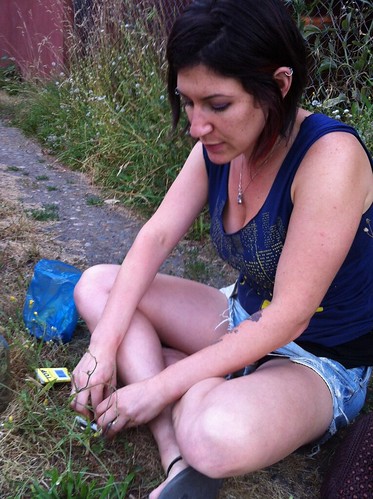
We did a 2 hour foraging tour, focused on what might constitute a psychotropic smoke mixture (noting illegal), but also nibbled and snipped (only street side, following the laws of usufruct*) our way through a mere 2 block radius, which included
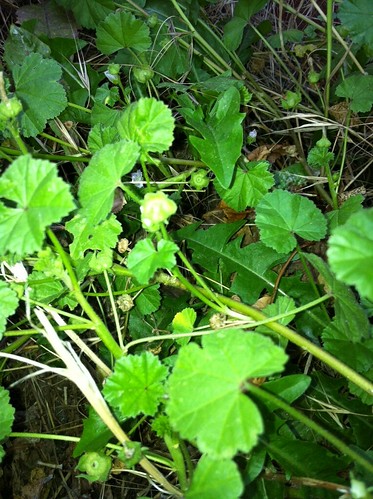
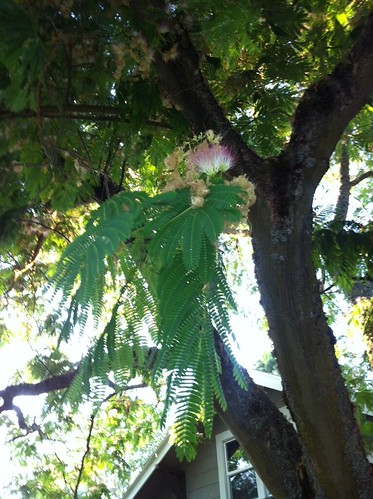
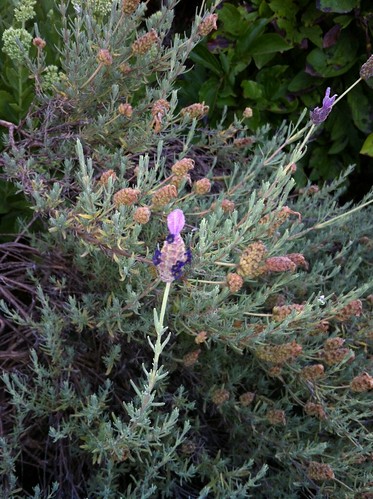
Hen and chicks, whose leaves are edible
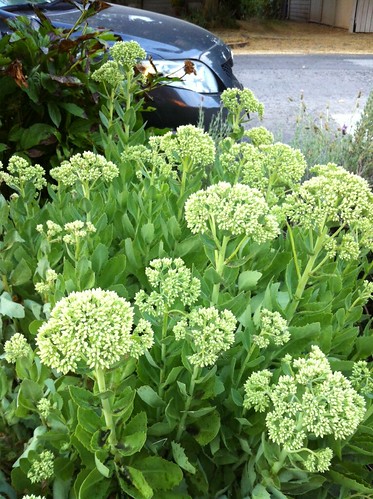
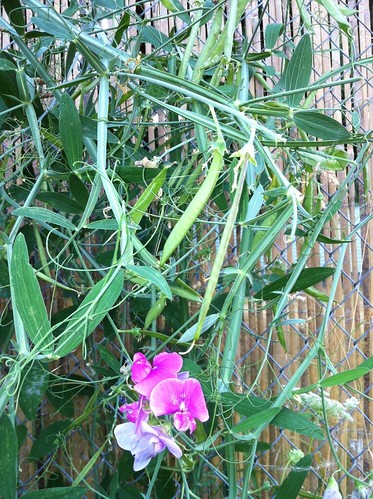

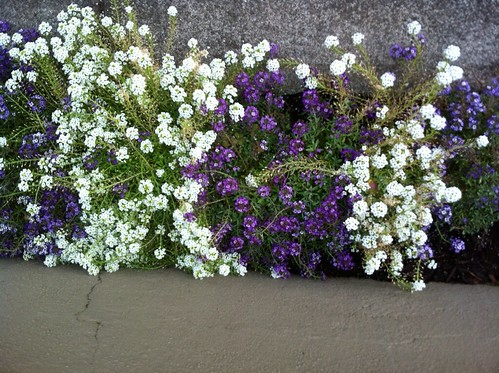

and American poppy, to make a sedative tincture.
* * * * * * *
*The ancient legal principle of usufruct broadly dictates that private property can be used for the public good so long as it’s not damaged in the process. This is of note to the urban forager, as it suggests that fruit and other plant foods grown on private land can be harvested by passersby. A stricter and far less hazardous foodie interpretation of usufruct means that ripe citrus tree, whose trunk meets the soil inside your neighbor’s yard but whose laden branches overhang the sidewalk, can be shorn of a few bits of fruit so long as you don’t harm the tree or any other property in so doing, or abuse the privilege; that is, take only as much as you can consume.
– LA Weekly, shout out to Fallen Fruit




